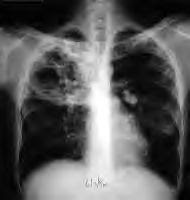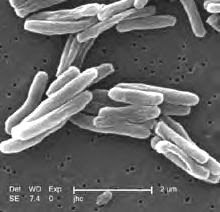The UN special envoy to stop TB visited Washington Wednesday to lobby US officials
for more funding to fight the disease. Congress is currently debating whether to double funding for TB programs to $200 million.
It’s estimated that each year, nearly nine million people develop tuberculosis, with more than one and a half million dying from the disease. That’s despite the fact that it’s both preventable and curable.
The UN special envoy to stop TB - former Portuguese president Jorge Sampaio – says there’s renewed interest and concern about the disease.
“The fact that Congress is dedicating much more attention to TB, because everyone thought that TB was finished and it was not a first-degree concern – the fact that it’s now unfortunately becoming a concern I think is a very positive step because in a way these things need to be fought against, needs to be on the agenda,” he says.
Sampaio says tuberculosis and other killer diseases are linked and often should be treated at the same time.
“Attack the three pillars - and I mean by that TB, HIV and malaria – TB now is also the main killer of HIV people on AIDS treatment – another thing is that it’s developing new strains which are resistant to the well-known treatment. So, TB presents new facets of danger, considering globalization, considering that it is a very quickly transmissible disease,” he says.
Those newer strains are called MDR and XDR-TB. The UN special envoy agrees with the description that TB is the Achilles Heel of AIDS treatment.
He says, “It’s an Achilles Heel simply because of the fact that there’s a dramatic irony in all this. Because you don’t have the cure for AIDS, but you do have anti-retrovirals, but of course people with AIDS a great percentage of them simply die because they catch TB, which is not diagnosed on time, which is in fact not controlled in time. They die because they are not treated carefully and in time for a curable disease.”
He says if all countries and health and aid agencies work together, it is possible to achieve the Millennium Development Goal of saving up to 14 million additional lives by 2015.
http://www.voanews.com/english/Africa/2007-10-17-voa37.cfm
WHAT'S NEW IN TUBERCULOSIS
Thursday, 18 October 2007
Subscribe to:
Post Comments (Atom)





No comments:
Post a Comment